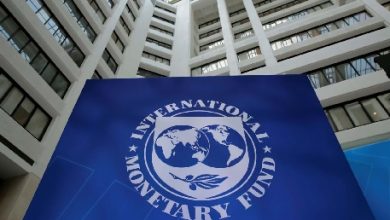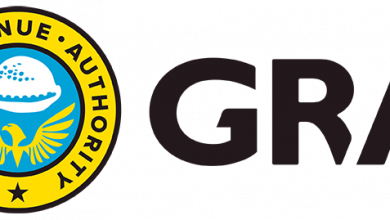
Pep Guardiola insisted revenge was not his motivation as he prepares Manchester City for their Champions League semi-final rematch with Real Madrid.
City was beaten in heartbreaking fashion by the Spanish team in the last four a year ago and have a chance to make amends this term.
The first leg of their latest encounter takes place at the Bernabeu on Tuesday, May 9 and Guardiola is focusing on the game in hand rather than looking back 12 months.
The City manager said: “It was tough but we made an exceptional first game in Manchester and played a really good game here.
“In general, it was a good performance, but it was not enough. You congratulate them and accept it and now one year later we are here.
“We are not here for revenge. It is another opportunity. One day we will get it. We will get to the final and win it.
“It didn’t happen last season as we played Real Madrid and, in this competition, they know exactly what they have to do.”
Source- Myjoyonline.com




